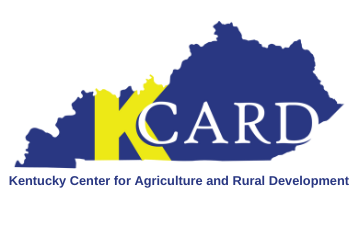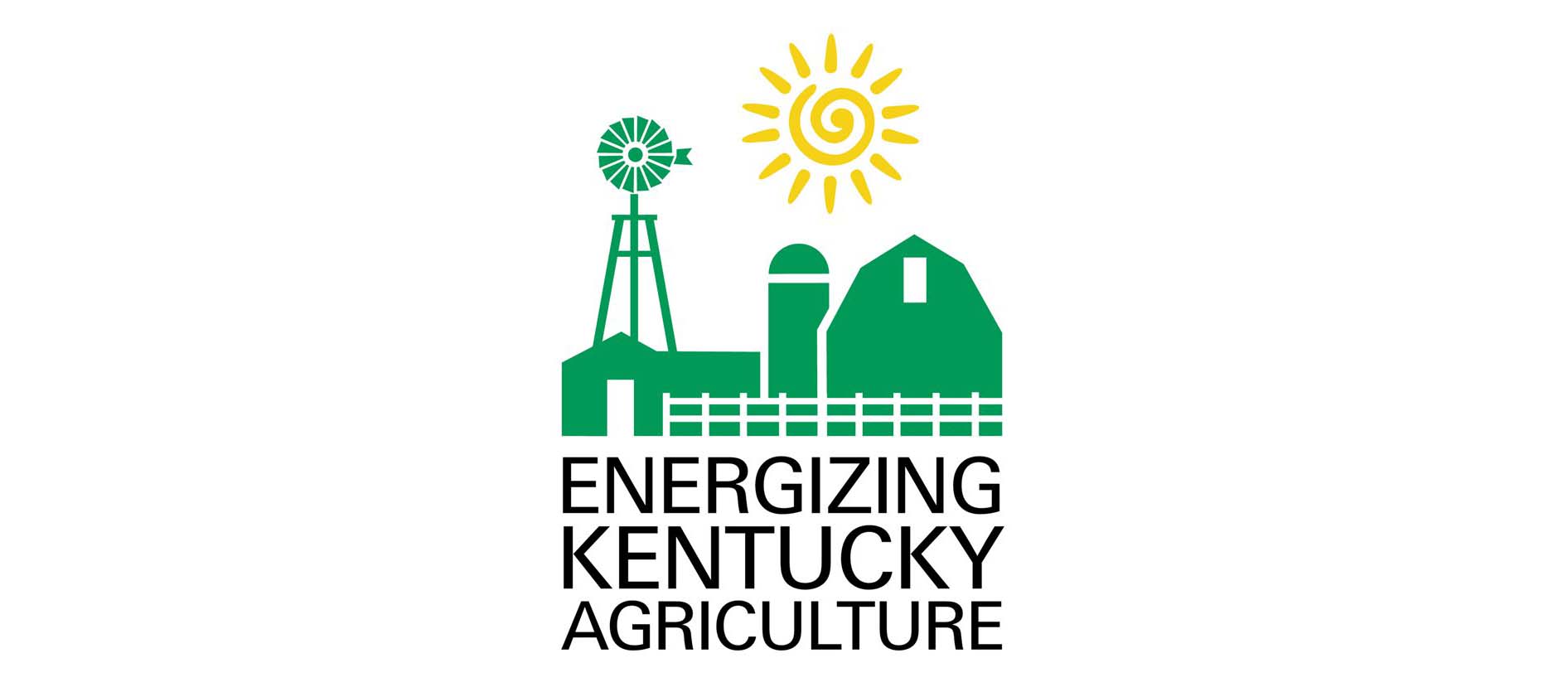This week we are featuring the Kentucky Agricultural Development Funds On-Farm Energy Efficiency Incentives Program, the Rural Energy for America Program Grants, the Kentucky Conservation State Cost Share Program, and the USDA-NRCS Environmental Quality Incentives Program.
KADF On-Farm Energy Efficiency Incentives Program
Deadline: August 29, 2019 and December 26, 2019 - Applications are accepted year round
Funding Amounts: 50% cost share - up to a $10,000 incentive, plus $150 for an approved third party energy audit
Eligible Entities: Kentucky farmers with a gross farm income of at least $25,000
Links: https://agpolicy.ky.gov/energy/Pages/default.aspx
Overview: The Kentucky Agricultural Development Fund offers an On-Farm Energy Efficiency Program to help Kentucky farmers with energy projects. These cost share funds are available to increase on farm energy efficiency and to support renewable fuel production projects. The applicant is required to have a third party energy audit completed. This program can be combined with the USDA-NRCS Rural Energy for America Program (REAP) to get up to 75% of a total project cost covered.
Rural Energy for America Program - Grants and Guaranteed Loans
Deadline: October 31, 2019 – Applications are accepted year round
Funding Amount: $1,500 to $500,000 (25% of the total project cost)
Eligible Entities: Farmers and rural businesses
Links: https://www.rd.usda.gov/programs-services/rural-energy-america-program-energy-audit-renewable-energy-development-assistance
Overview: USDA Rural Development offers REAP grants and grant/loan combos to help agricultural producers and rural businesses install renewable energy systems and do efficiency upgrade projects. A grant only application can pay up to 25% of total project costs. A grant/loan combo can fund up to 75% of total project costs. Guaranteed loan only applications do not have an application or funding deadline to be processed. Some project examples include: lighting efficiency, heating efficiency, bio-energy, solar energy, and dairy ventilation upgrades. An energy assessment or audit is required as part of the application process so if you are interested, you need to inquire as soon as possible. The October 31 due date prioritizes "restricted" or smaller projects that have total project cost of $80,000 or less and are requesting $20,000 or less in grant funds. Fall is the best time for small projects to apply.
Kentucky Conservation: State Cost Share Program
Deadline: On-going
Funding Amounts: Up to $7,500 - 75% cost-share
Eligible Entities: Farmers and Kentucky landowners
Links: https://eec.ky.gov/Natural-Resources/Conservation/Pages/default.aspx
Overview: The Kentucky Conservation: State Cost Share Program supports conservation practices in six main areas: Livestock - Animal Feeding, Livestock - Pastureland, Cropland, Forestland, Streambank, and Farmstead. The funds come from the Kentucky Agricultural Development Fund. The projects are capped at $7,500 per producer per year, except for animal waste storage which is capped at $20,000. The program provides a 75% payback upon a project's completion. Use the link above to learn more and/or to find your local conservation office to apply.
USDA-NRCS Environmental Quality Incentives Program
Deadline: On-going
Funding Amounts: Cost share - rate varies by project
Eligible Entities: Farmers and landowners
Links: https://www.nrcs.usda.gov/wps/portal/nrcs/main/national/programs/financial/eqip/
Overview: The purpose of the USDA Natural Resources Conservation Service (NRCS) EQIP is to protect the land by helping farmers implement voluntary conservation practices. EQIP provides a cost-share through a competitively scored application process. Farmers and owners of cropland, pasture, and forest land are generally eligible. EQIP can help pay for conservation practices that help improve and conserve farm land. These practices include grazing management (stock water systems, fencing, and pasture planting), nutrient management (cover crops and erosion control), pest management, wildlife habitat enhancement, forest stand management, seasonal high tunnels (for seasonal crop extension) and, energy management plans. Contact your local NRCS office to ask for help creating a conservation plan for your farm and how to apply.




